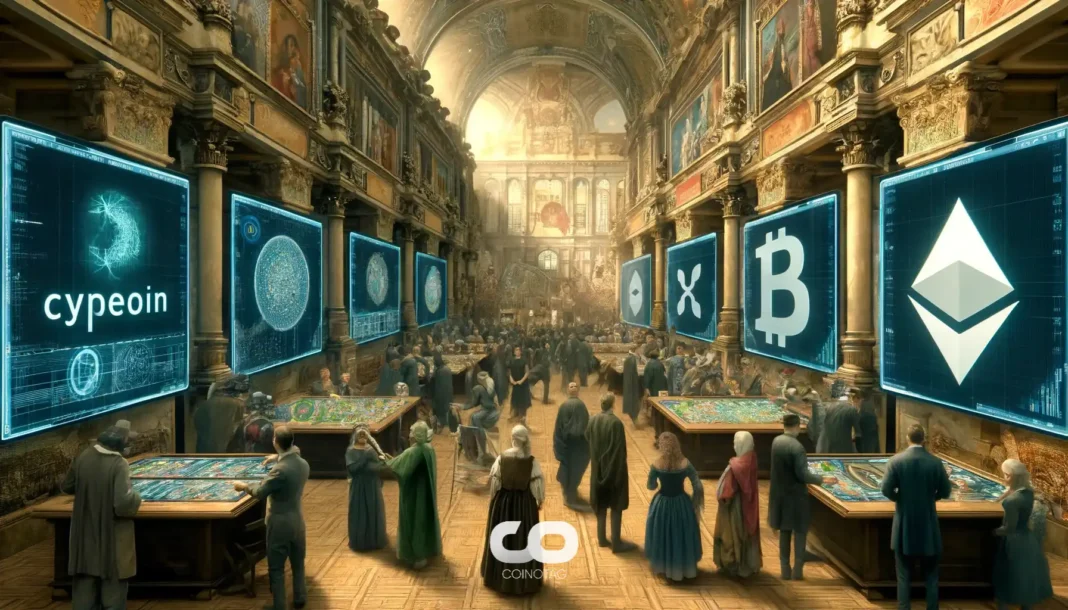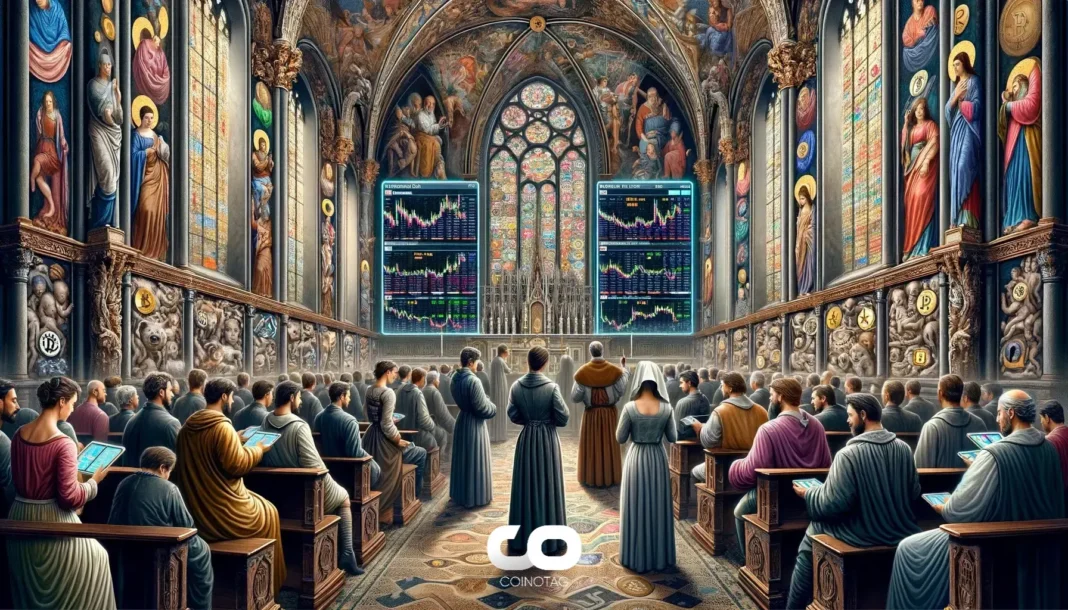-
Recent reports reveal a significant collaboration between Binance and World Liberty Financial (WLF), a crypto firm linked to former US President Donald Trump, centering on the development and deployment of the USD1 stablecoin.
-
This partnership highlights Binance’s influential role in the stablecoin’s largest transaction and raises important questions about political ties within the crypto industry.
-
According to COINOTAG sources, approximately 90% of the USD1 stablecoins involved in a major $2 billion investment remain in Binance wallets, potentially generating substantial interest revenue for Trump’s affiliated business.
Binance’s involvement with Trump-backed World Liberty Financial in launching the USD1 stablecoin spotlights growing political and regulatory scrutiny over crypto stablecoins and industry ties.
Binance’s Strategic Role in USD1 Stablecoin Development and Transactions
Binance, one of the world’s largest cryptocurrency exchanges, reportedly played a pivotal role in the creation and promotion of the USD1 stablecoin, issued by World Liberty Financial (WLF), a company associated with Donald Trump and his family. Launched on March 4, USD1 was central to a $2 billion investment from Abu Dhabi-based MGX, which used the stablecoin to finalize the transaction. Sources indicate that Binance not only contributed to the stablecoin’s underlying code but also facilitated its largest transaction, underscoring the exchange’s deep involvement in this politically connected crypto venture.
Implications of Binance’s Custodial Holdings on Interest Generation
Data from Bloomberg reveals that roughly 90% of the USD1 stablecoins used in the MGX investment remain in Binance’s wallets. This custodial arrangement could generate tens of millions of dollars in interest for WLF, potentially benefiting Trump and his family financially. Such a setup raises critical questions about the transparency and governance of stablecoin reserves, especially when intertwined with political figures. The financial benefits accruing from these holdings emphasize the need for stringent oversight in crypto transactions involving politically exposed persons.
Regulatory and Political Context Surrounding Trump’s Crypto Ventures
Donald Trump’s crypto-related enterprises, including WLF and the Official Trump (TRUMP) memecoin, have attracted considerable attention from US lawmakers. The timing of the Bloomberg report coincides with the House of Representatives’ anticipated review of three cryptocurrency bills, notably the GENIUS Act, which aims to regulate payment stablecoins in the United States. Although initially stalled by Senate Democrats due to concerns over Trump’s crypto interests, the bill passed with bipartisan support and awaits a House vote. Trump has publicly indicated his willingness to sign the legislation promptly if passed without amendments, signaling potential shifts in the regulatory landscape.
Potential Conflicts of Interest and Industry Influence
The reported ties between Binance and WLF underscore broader concerns about conflicts of interest within the crypto sector, particularly when political influence intersects with business operations. The involvement of Changpeng “CZ” Zhao, Binance’s former CEO who pleaded guilty to a felony in 2023 and is reportedly seeking a presidential pardon, adds another layer of complexity. A pardon could enable Zhao’s return to a leadership role in the US crypto market, potentially influencing regulatory and operational dynamics. These developments highlight the intricate relationship between regulatory frameworks, political figures, and major crypto exchanges.
Future Outlook for Stablecoin Regulation and Market Impact
As the US Congress deliberates on stablecoin legislation, the outcome will likely shape the future of crypto regulation and market practices. The GENIUS Act’s passage could establish clearer guidelines for payment stablecoins, affecting issuers like WLF and exchanges such as Binance. Industry stakeholders and investors should closely monitor these legislative developments, as they will influence compliance requirements, market stability, and investor protections. The intersection of political affiliations and crypto business operations will remain a critical area for regulatory scrutiny moving forward.
Conclusion
The collaboration between Binance and World Liberty Financial in launching and managing the USD1 stablecoin exemplifies the growing entanglement of political figures with the cryptocurrency industry. This relationship, coupled with pending stablecoin legislation, underscores the urgent need for transparent governance and robust regulatory frameworks. As lawmakers prepare to vote on key crypto bills, the industry faces a pivotal moment that could redefine stablecoin oversight and address potential conflicts of interest inherent in politically connected crypto ventures.






